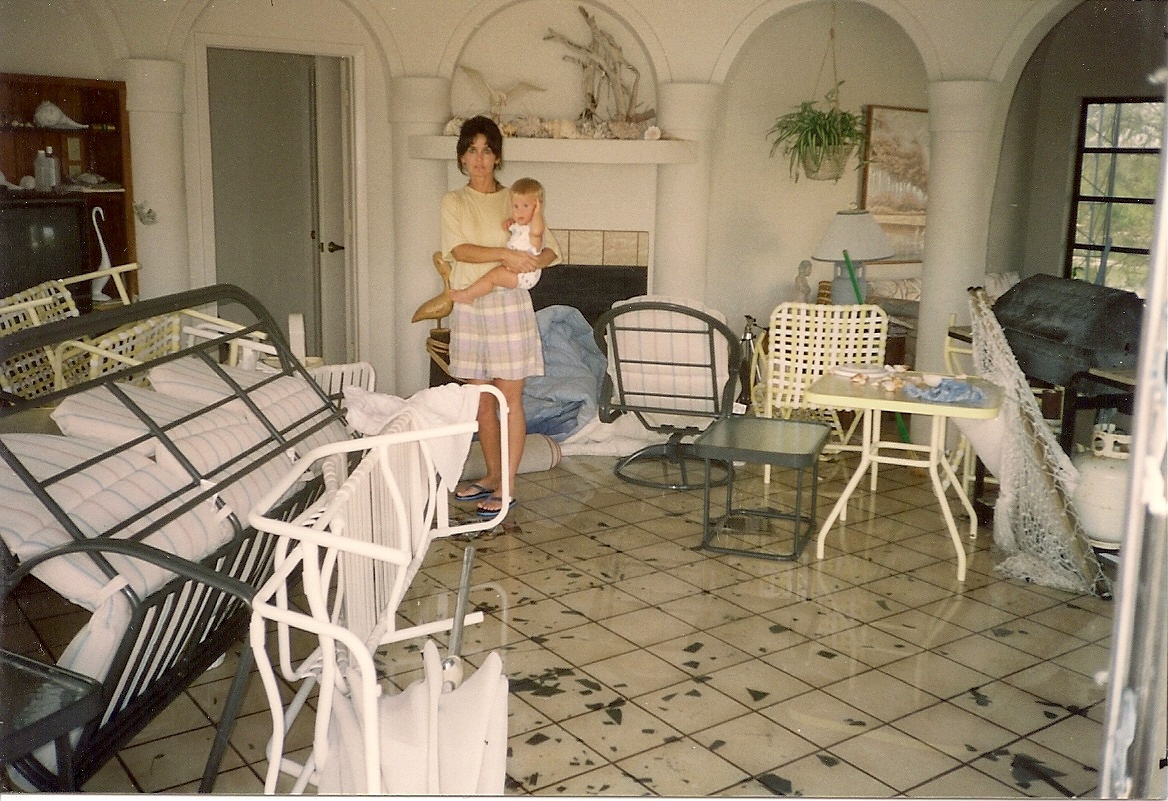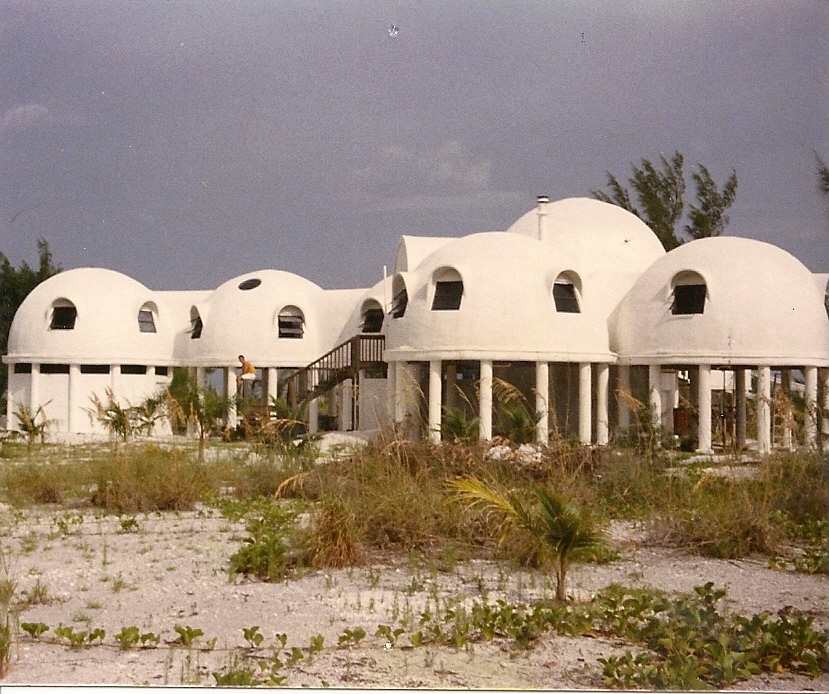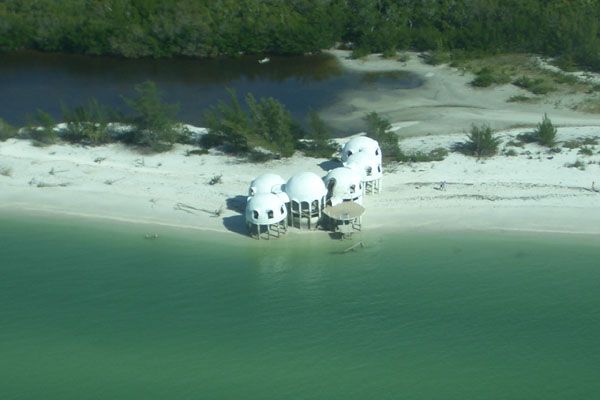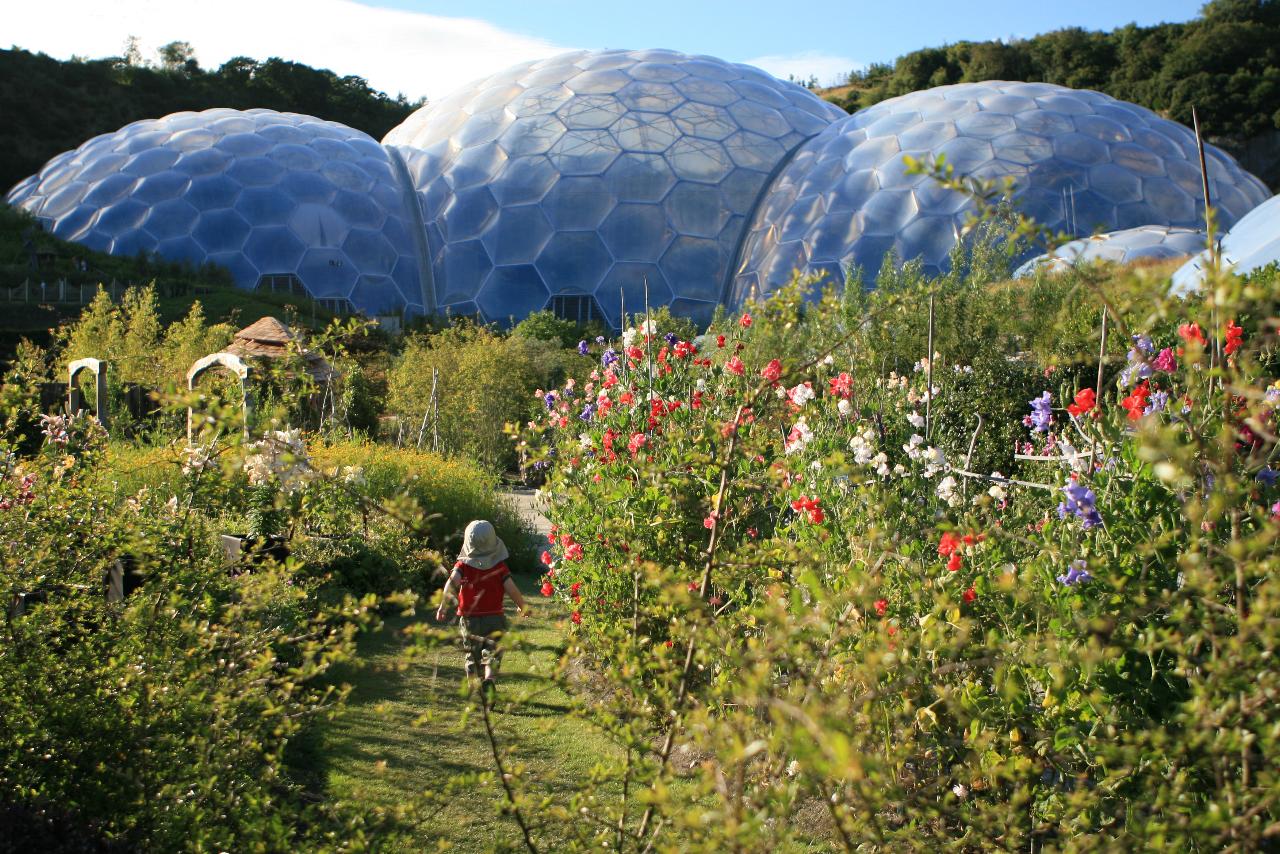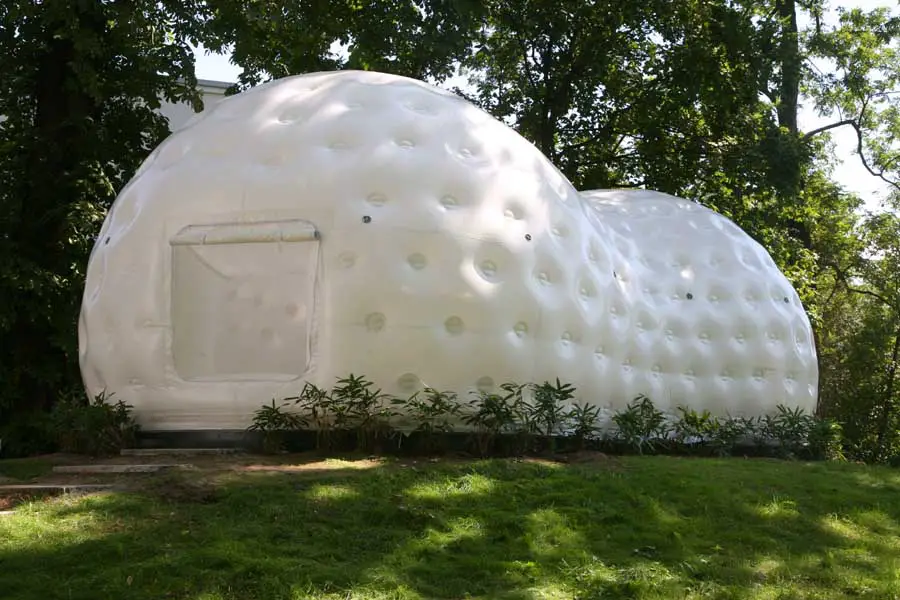I've decided to create a list of tips and tricks that I've
learned throughout my years studying architecture. And trust me; I’m known as
someone who is always in studio, so I know how to get stuff done. These
tips/tricks are in no particular order, just the random order they popped into
my head. I’ll try to make this ongoing, so here’s the first 5….
1. Stop Procrastinating
I can’t tell you how many times I’ve been
in studio staring a project or doing other class work, and I’ve seen people
procrastinate like they don’t have a care in the world, and then freak the f**k
out when they realize they’ve wasted the entire night and this is due tomorrow.
They’ll say things like “oh I have plenty of time” “I’ll start after I watch
this show” etc. Mostly they just go around studio talking to other people and
goofing off. Don’t cause yourself the anxiety of realizing you haven’t done a
single thing for the project due tomorrow. Sit down and get to work, you’ll
thank yourself later.
2. Take Care
of Yourself
You would think that this would be a no
brainier, but it can be challenging. Architecture students are known for being
able to pull all-nighters to get work done, but this along with other things
can prove to be damaging to your health. Don’t forget to eat, shower, brush
your teeth, hair etc…Bring a change of clothes if you know you’ll be up late.
Have a cut off time. Mine is 6 am. I will work until 6am, go home, shower, eat
something and then go to class. Some people claim that they never have and
never will pull an all-nighter in studio. Those are the people who don’t care
enough about the quality of their work to improve upon it, and think that
everything that do is amazing. Don’t trust those people.
3. Stay organized
This is harder said than done. Especially if
you’re in the middle of a huge project and haven’t slept for a few days. But
staying organized will help keep you sane and work faster. You don’t want to
waste time looking for that one piece of trace you know was here yesterday, or
for your pens to complete a drawing. Try and keep everything organized
throughout the beginning of the semester so you don’t go crazy towards the end.
4. Bribe yourself
I always bribed myself throughout the
semester as a way to get work done. I’ll stay up late to get work done on a Monday,
Tuesday, or Wednesday night so that I can go out on Thursday of Friday. If the
work isn’t done, I don’t go out, simple as that. I also bribe myself with the
idea of “if I get it done now, I won’t have to do it later”. I had a few
courses where the only assignment would be a lengthy paper due at the end of
the semester. I stayed in studio for 3 weekends in a row, day and night, to get
these papers done. By getting them done early I was able to get them looked
over by the professors and correct any mistakes. I did this because I knew that
the end of the semester my studio would be very time consuming, and I didn’t want
to have to try and finish my project and write these papers at the same time. It
was also funny to see the looks on people faces when that asked how my paper
was going and I said I finished it over a month ago.
5. Invest in a pair of headphones
Trust me when I say this, your little apple
ear buds won’t cut it. I almost always listen to music when I’m working in
studio, whether it be Pandora, 8Tracks or my iTunes library. I tried using just
my ear buds, but they constantly fall out and the cord got tangled on
everything. Most people in studio preferred a pair of large over the ear
headphones. Why? Nowadays most over ear headphones are noise canceling, which
is such a blessing in studio when it gets noisy. Beats is a good brand a lot of
people had, but I recommend the Zik headphones. They’re ah-maz-ing. My
boyfriend got his pair for Christmas last year and he uses them all the time. They
can be wireless, and work with Bluetooth to play music off your smartphone. If
you want to skip a song or turn up the volume, swipe your hand by the ear (you don’t
even have to touch it!) and you can skip a song or adjust the volume. Someone
come over to talk to you, take them off your head and the music automatically
stops. Pretty cool huh?
I hope these 5 tips are insightful to you.
I’ll keep adding more, maybe once a week. Have any questions or feedback for
me? Let me know in the comments!
-A
![[rr]architecture](https://blogger.googleusercontent.com/img/b/R29vZ2xl/AVvXsEhY-3etvQNJLHH-Muzb6J72zWBjGiY-70jj8oZQaxJktL8hK8UPVCTHEPyPqTSbW45gPsDR1gNc3Ucu9mIQWkQ61miKGZV-_WNCUC2NsB62QiLNhy9rYzEooMIH5y1N04OOmXPDunXj8rXM/s1600/rrarch+logo+3.PNG)




















